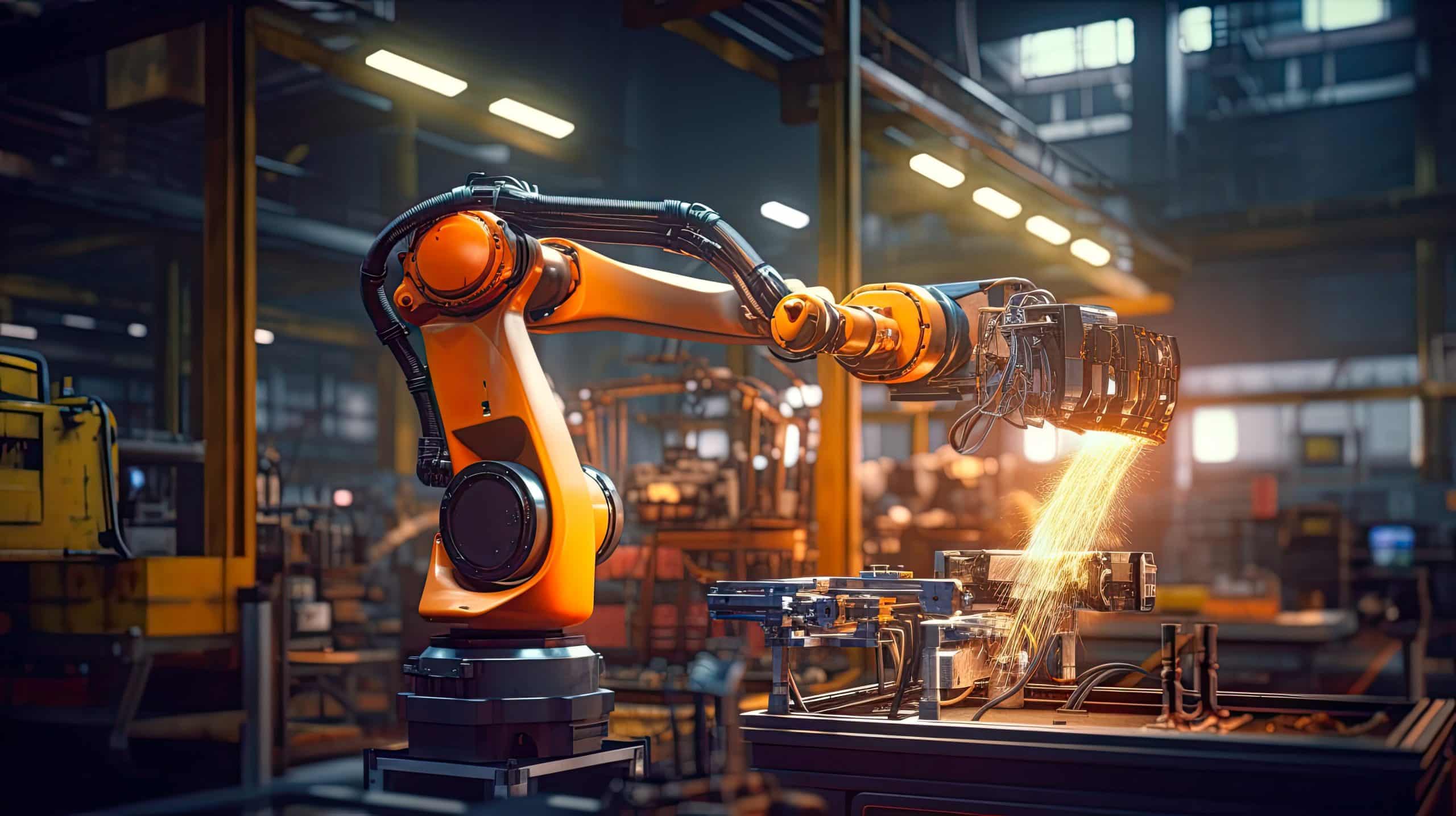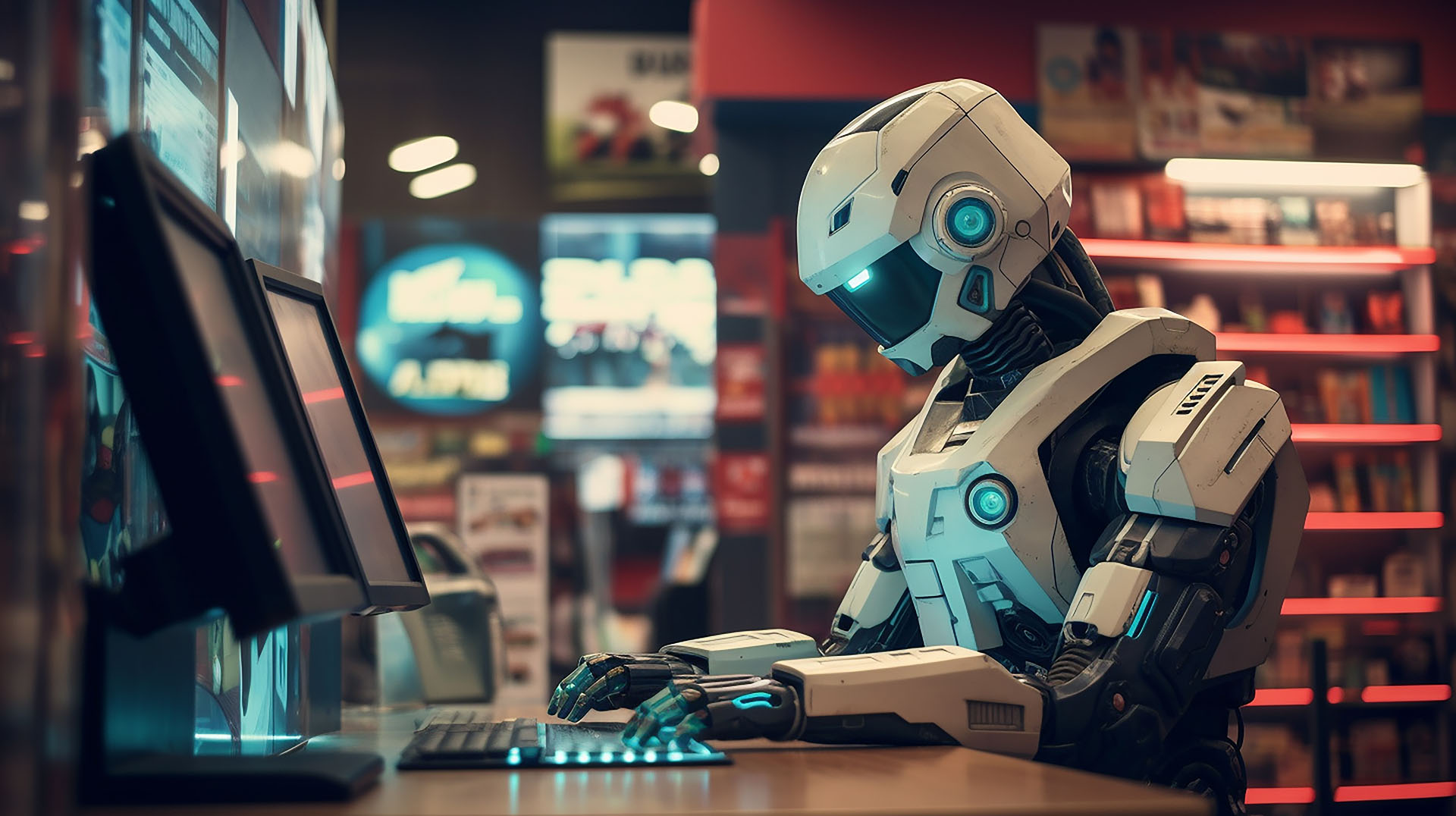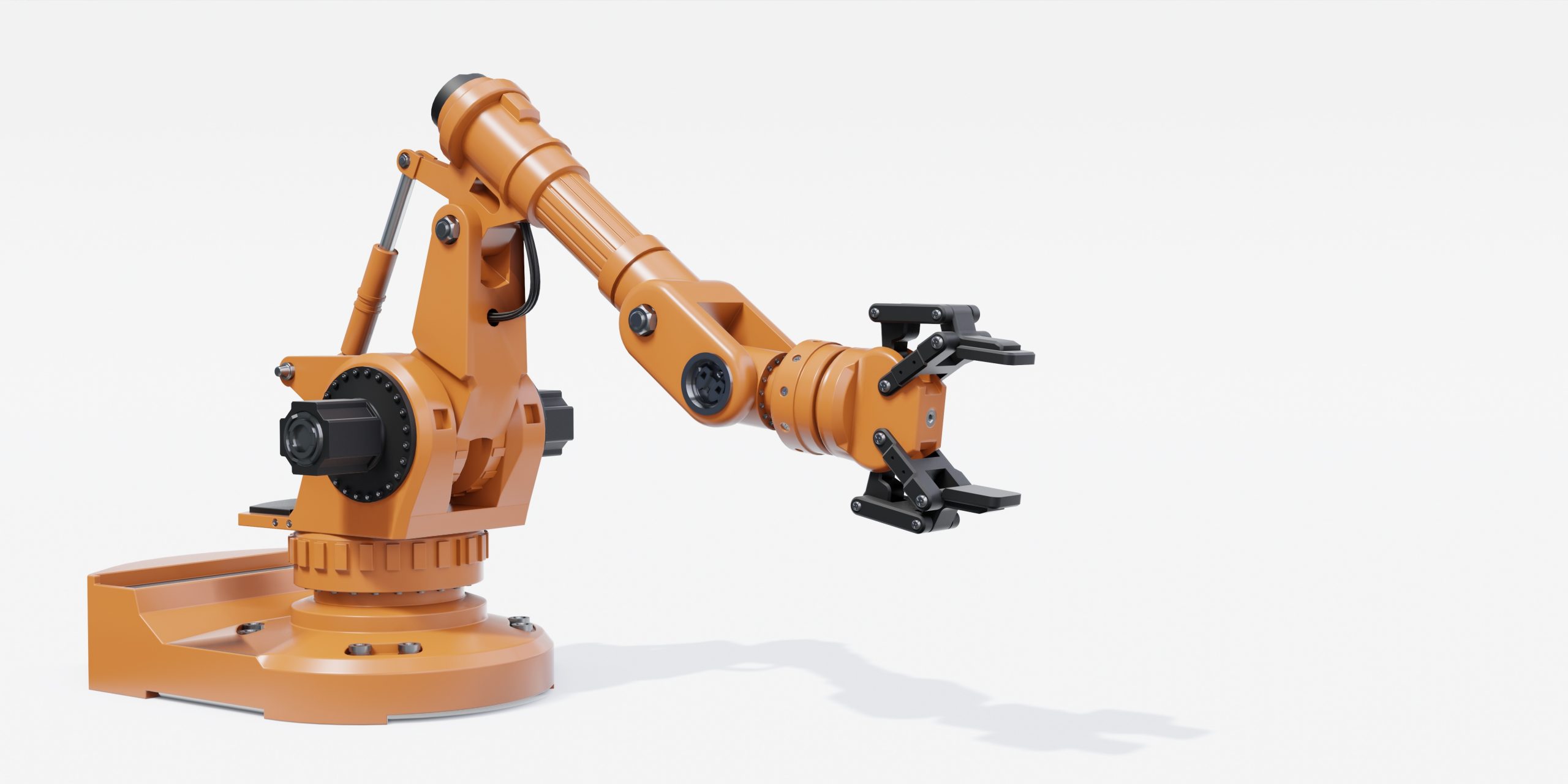Robotics are not just in the realm of science fiction. They are functioning in the here and now. Healthcare is just one area that is benefiting from their use.
Robotic arms have been functioning in healthcare since the 1980s. As our technology grows, so do the potential uses for robots in this field. For example, we already have cobots – Collaborative Robots that are programmable and designed to work with humans.
The Elephant In The Room
Robotics can function across many areas within healthcare. But let’s get the “elephant in the room” discussed before we explore their use. The question is, ‘Will robots replace surgeons and healthcare workers’? No, is the answer. Robotics provides yet another set of tools to make healthcare workers’ jobs easier, safer and cost-effective. They can take over essential but repetitive, time-consuming jobs, like monitoring respiratory rates, blood pressure and temperature. Taking over these functions allows the medical and nursing staff to focus on the finer points of their work.
Where You Will Currently Find Robotic Assistance In Healthcare
You may not even be aware that robotics are in use in your local hospitals. However, they are often found behind the scenes, keeping the NHS and private healthcare functioning smoothly.
Medical Industry
One area where robotic arms have been functioning for a while is in the production side of healthcare—automating and speeding up the process of manufacturing test tubes and other medical devices in constant use.
Robotic arms are optimising the manufacture of medical devices, maintaining quality production, cutting costs and freeing people for more complex and specialised work.
Laboratory Testing
Using robotic arms to test samples is an innovation that is reaping the rewards. The process is faster, with increased accuracy and provides a safe way to handle samples. Speed, precision and flexibility are integral to the robotic arm in laboratory usage.
Providing test results during a pandemic is essential. Robotic arms can quickly, efficiently, and at a lower cost process large quantities of tests. Prompt results allow health officials to map the spread of the virus, ensuring a quick response to outbreaks. Robotic arms are well suited for this task and, for the future, could form an essential part of public health monitoring.
Surgery
Surgical assistance robots have aided in micro-surgery development, allowing the surgeon to perform complex operations without the need for a large incision. Their value in training and allowing video feed consultations is vastly improving the quality of patient care.
Robotics can allow a surgeon to negotiate around nerves and muscles during procedures. In addition, high 3D definitions give the surgeon a close-up view allowing for more information and enhanced performances.
Robots For The Future
The role of robotics in healthcare is already firmly established. The future is exciting as we see more innovations and solutions throughout the healthcare industry. Robotic solutions can provide qualitative and quantitative improvements in patient care cost-effectively and quickly. Hopefully, their use will lessen the long waiting times the NHS is struggling with. Plus, helping our healthcare system be ready to handle any further pandemics that the future might throw at us.






